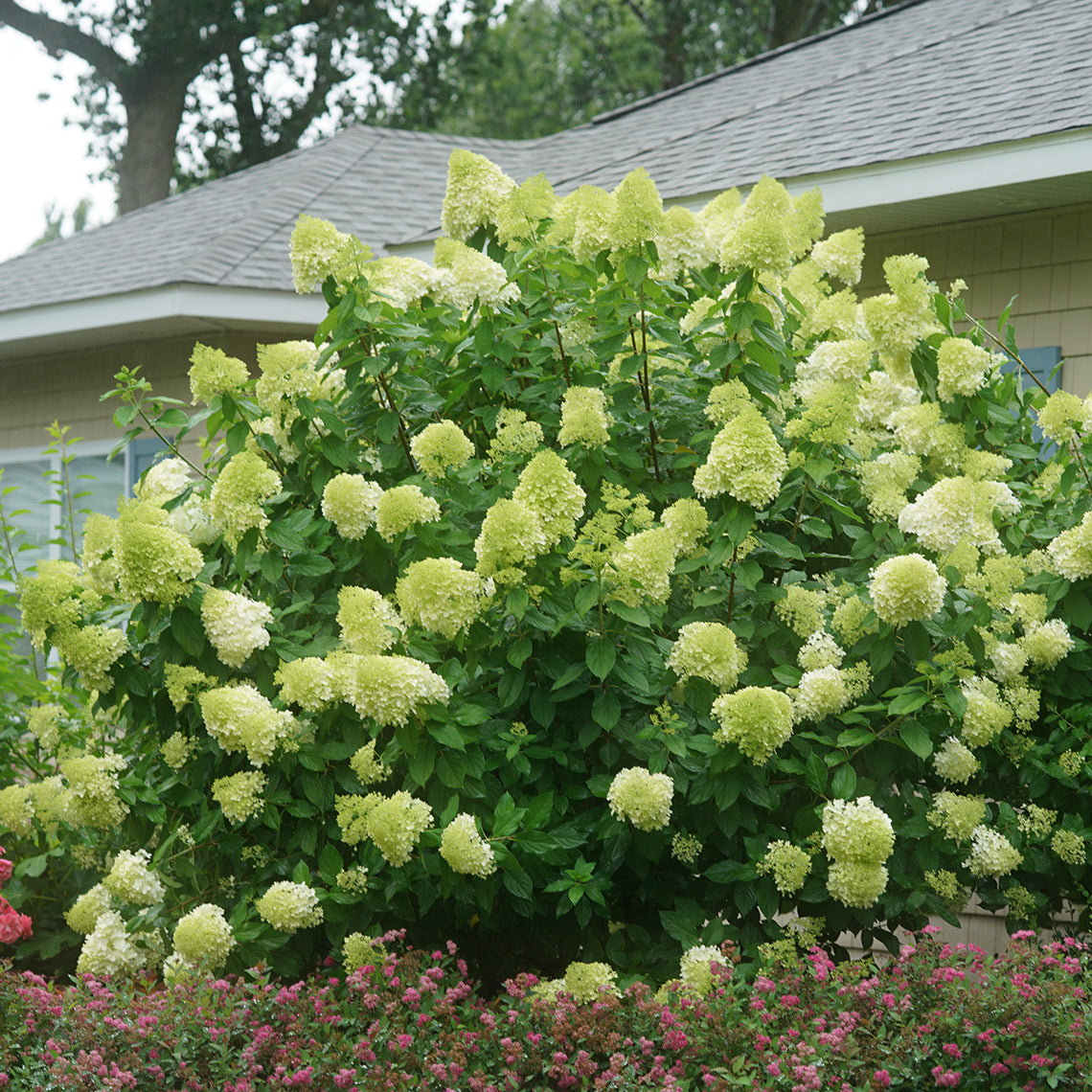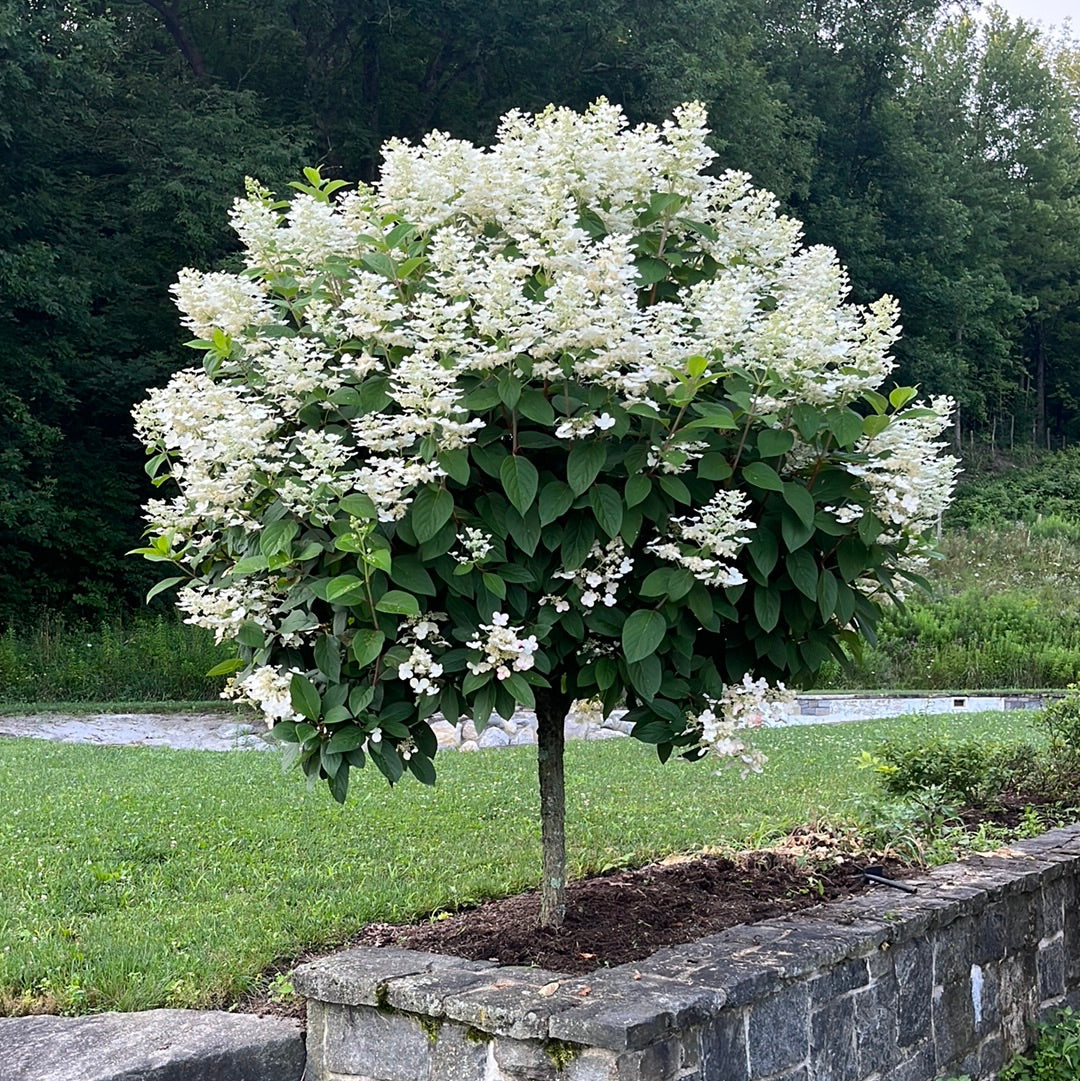Absolutely! Here’s a comprehensive article about Panicle Hydrangeas, structured with headings for clarity and readability, and encompassing approximately 2900 words.
Panicle hydrangeas ( Hydrangea paniculata) have surged in popularity among gardeners for their adaptability, stunning blooms, and ease of care. Unlike their fussy cousins, the bigleaf hydrangeas, panicle hydrangeas thrive in a wide range of climates and offer a spectacular floral display from summer into fall.
:max_bytes(150000):strip_icc()/Limelight-Hydrangea-2000-dd36cdce2f344c688051266f611047fd-8f3af6fa021141d89daac3c166776268.jpeg)
Panicle hydrangeas are deciduous shrubs native to eastern and southern China, Japan, Korea, and Russia. They are characterized by their cone-shaped flower panicles, which emerge in mid to late summer and persist well into autumn. These blooms typically start white or creamy and gradually transition to shades of pink, rose, or even burgundy as the season progresses.
Panicle hydrangeas offer several advantages that make them a favorite among both novice and experienced gardeners:
Hardiness and Adaptability
Panicle hydrangeas are remarkably hardy, tolerating a wider range of temperatures and soil conditions than other hydrangea species. They thrive in USDA hardiness zones 3 through 8, making them suitable for a broad geographical area. Their tolerance to full sun (in cooler climates) and partial shade adds to their versatility.
Prolific and Long-Lasting Blooms

The large, showy flower panicles are a hallmark of panicle hydrangeas. These blooms are not only abundant but also long-lasting, providing weeks of color in the garden. The color transformation throughout the season is a delightful feature, adding dynamic visual interest.
Easy Care and Maintenance
Panicle hydrangeas are relatively low-maintenance shrubs. They require minimal pruning and are less susceptible to pests and diseases than other hydrangeas. This makes them an excellent choice for gardeners seeking a beautiful yet undemanding plant.
Versatility in Landscape Design
Panicle hydrangeas can be used in various landscape applications, including:
Specimen plants: Their striking blooms make them excellent focal points.

Numerous cultivars of panicle hydrangeas have been developed, each offering unique characteristics in terms of flower color, size, and growth habit. Some of the most popular varieties include:
‘Limelight’
‘Limelight’ is renowned for its large, lime-green flower panicles that gradually fade to creamy white and then to a rosy pink in autumn. It’s a vigorous grower and a popular choice for its vibrant color and sturdy stems.
‘Pinky Winky’
‘Pinky Winky’ is known for its two-toned blooms, with white flowers at the tips of the panicles and pink flowers at the base. This creates a striking contrast and adds depth to the floral display.
‘Quick Fire’
‘Quick Fire’ lives up to its name by blooming earlier than other panicle hydrangeas. Its flowers quickly transition from white to pink, providing an early burst of color in the garden.
‘Little Lime’
‘Little Lime’ is a compact version of ‘Limelight,’ making it ideal for smaller gardens or container planting. It retains the same lime-green blooms and color transformation as its larger counterpart.
‘Vanilla Strawberry’
‘Vanilla Strawberry’ is famous for its striking color progression. The flowers start creamy white, then transition to a soft pink, and finally to a deep strawberry red, creating a tricolored effect.
‘Bobo’
‘Bobo’ is a dwarf variety, perfect for small spaces and container gardening. It produces abundant white flowers that fade to a soft pink.
‘Fire Light’
‘Fire Light’ stands out with its vibrant, deep pink to red blooms that appear later in the season, providing a fiery display in the autumn garden.
Successful cultivation of panicle hydrangeas involves proper planting and ongoing care.
Planting Time and Location
The best time to plant panicle hydrangeas is in spring or fall. Choose a location with well-draining soil and ample sunlight, especially in cooler climates. In hotter areas, afternoon shade is beneficial.
Soil Preparation
Panicle hydrangeas prefer slightly acidic to neutral soil. Amend the soil with compost or other organic matter to improve drainage and fertility.
Planting Procedure
Dig a hole twice as wide and as deep as the root ball. Place the plant in the hole, ensuring the top of the root ball is level with the soil surface. Backfill the hole with soil and water thoroughly.
Watering and Mulching
Water panicle hydrangeas regularly, especially during dry periods. Apply a layer of mulch around the base of the plant to retain moisture and suppress weeds.
Fertilizing
Fertilize panicle hydrangeas in early spring with a balanced fertilizer. Avoid over-fertilizing, as this can promote excessive foliage growth at the expense of blooms.
Pruning
Panicle hydrangeas bloom on new wood, so pruning should be done in late winter or early spring before new growth begins. Pruning encourages vigorous growth and abundant blooms.
Pruning Techniques
General Pruning: Remove dead, damaged, or crossing branches.
Panicle hydrangeas are generally resistant to pests and diseases, but some issues may arise.
Common Pests
Aphids: These small insects can be controlled with insecticidal soap or neem oil.
Common Diseases
Powdery mildew: This fungal disease can be prevented by ensuring good air circulation and avoiding overhead watering. Treat with fungicides if necessary.
Panicle hydrangeas can be propagated through cuttings or layering.
Cuttings
Take softwood cuttings in late spring or early summer.
Layering
Bend a low-growing branch to the ground.
Panicle hydrangeas are a valuable addition to any garden, offering stunning blooms, easy care, and versatility. With their adaptability and long-lasting flowers, they provide a reliable and beautiful display from summer into fall. Whether used as a specimen plant, hedge, or container plant, panicle hydrangeas are sure to bring joy and beauty to your landscape.
:max_bytes(150000):strip_icc()/Limelight-Hydrangea-2000-dd36cdce2f344c688051266f611047fd-8f3af6fa021141d89daac3c166776268.jpeg?ssl=1)

:max_bytes(150000):strip_icc()/luffa-plant-profile-4796761-hero-7967b71fd40945749c7513e3c90d33a5.jpg?resize=200,135&ssl=1)
:max_bytes(150000):strip_icc()/SPS-calathea-ornata-04-f03b60a264fd49e1b8abf15282fcf607.jpg?resize=200,135&ssl=1)